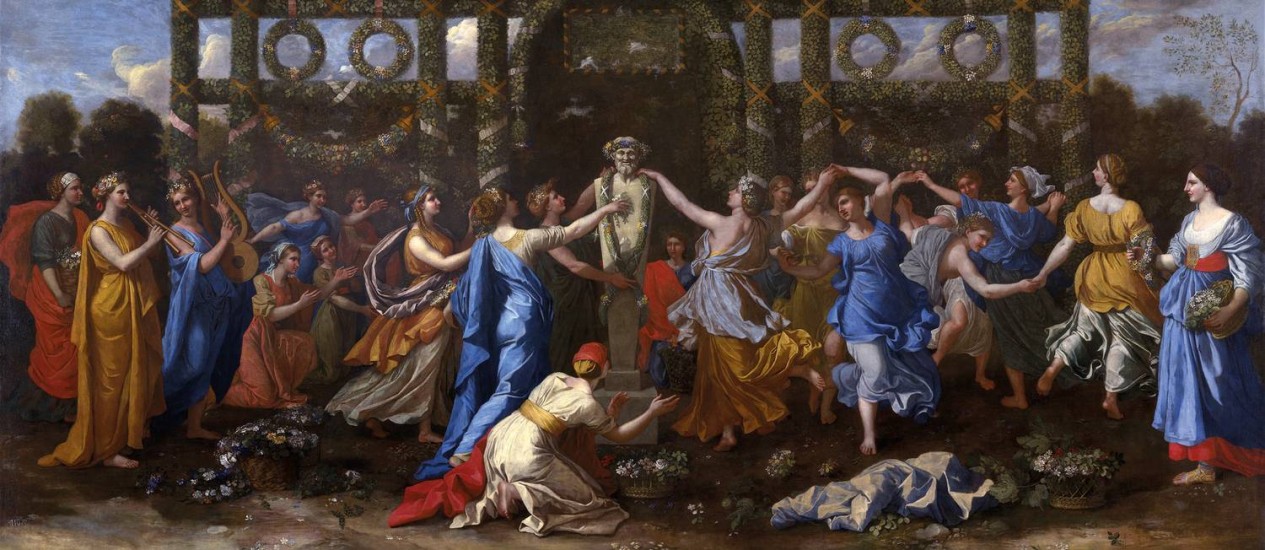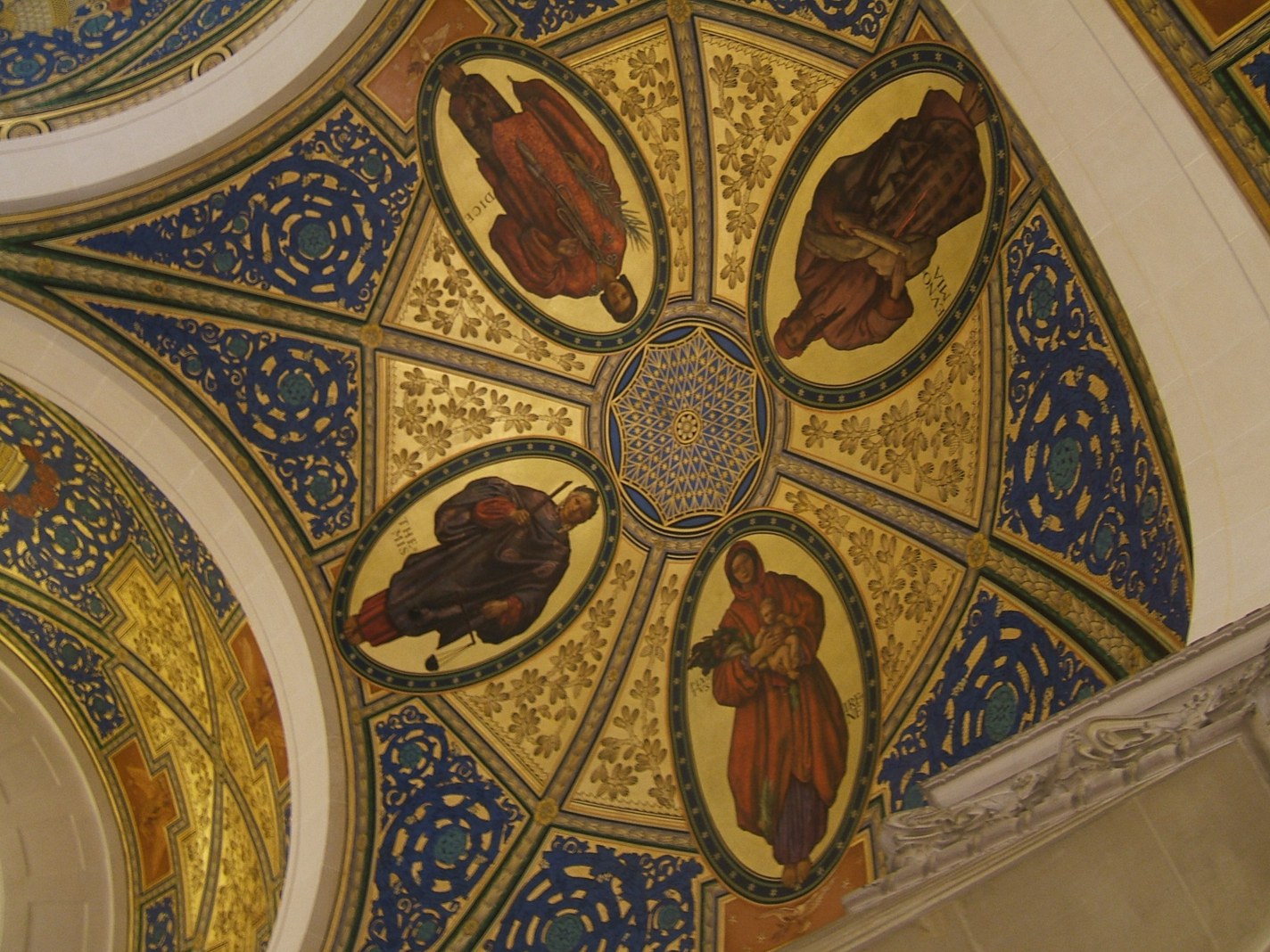|
The Triumph Of Beauty
''The Triumph of Beauty'' is a Literature in English#Caroline and Cromwellian literature, Caroline era masque, written by James Shirley and first published in 1646 in literature, 1646. The masque shows a strong influence of William Shakespeare, Shakespeare's ''A Midsummer Night's Dream.'' The plot of the masque draws upon one of the most famous tales of Greek mythology, the Judgement of Paris; Shirley derives some material from the ''Dialogues'' of Lucian. (Shirley had previously used the same subject matter in the masque in Act V of his 1640 in literature, 1640 play ''The Constant Maid.'') The cast includes all the principals of the story, with the divinities occurring in their Roman versions: Paris (mythology), Paris, Hera, Juno, Aphrodite, Venus, and Athena, Pallas all appear, along with Mercury (mythology), Mercury, Cupid, Hymenaios, Hymen, the Charites, Graces, the Horae, Hours, and a personified Hedone, Delight. (The three Hours, Eunomia (goddess), Eunomia, Dike (mythology), ... [...More Info...] [...Related Items...] OR: [Wikipedia] [Google] [Baidu] |
Literature In English
English literature is literature written in the English language from United Kingdom, its crown dependencies, the Republic of Ireland, the United States, and the countries of the former British Empire. ''The Encyclopaedia Britannica'' defines English literature more narrowly as, "the body of written works produced in the English language by inhabitants of the British Isles (including Ireland) from the 7th century to the present day. The major literatures written in English outside the British Isles are treated separately under American literature, Australian literature, Canadian literature, and New Zealand literature." However, despite this, it includes literature from the Republic of Ireland, "Anglo-American modernism", and discusses post-colonial literature. ; See also full articles on American literature and other literatures in the English language. The English language has developed over the course of more than 1,400 years. The earliest forms of English, a set of Anglo-Fri ... [...More Info...] [...Related Items...] OR: [Wikipedia] [Google] [Baidu] |
Hymenaios
Hymen ( grc, Ὑμήν), Hymenaios or Hymenaeus, in Hellenistic religion, is a god of marriage ceremonies, inspiring feasts and song. Related to the god's name, a ''hymenaios'' is a genre of Greek lyric poetry sung during the procession of the bride to the groom's house in which the god is addressed, in contrast to the ''Epithalamium'', which is sung at the nuptial threshold. He is one of the winged love gods, the Erotes. Hymen is the son of Apollo and one of the muses, Clio or Calliope or Urania or Terpsichore. Etymology Hymen's name is derived from the Proto-Indo-European root *''syuh₁-men''-, "to sew together," hence, "joiner;" it is also recorded in Doric Greek as Ῡ̔μᾱ́ν (''Hyman''). The term ''hymen'' was also used for a thin skin or membrane, such as the hymen that covers the vaginal opening and was traditionally supposed to be broken by sexual intercourse following a woman's (first) marriage. So, the membrane's name was not directly connected to that of the g ... [...More Info...] [...Related Items...] OR: [Wikipedia] [Google] [Baidu] |
Humphrey Moseley
Humphrey Moseley (died 31 January 1661) was a prominent London publisher and bookseller in the middle seventeenth century. Life Possibly a son of publisher Samuel Moseley, Humphrey Moseley became a "freeman" (a full member) of the Stationers Company, the guild of London booksellers, on 7 May 1627; he was selected a Warden of the company on 7 July 1659. His shop was located at the sign of the Prince's Arms in St Paul's Churchyard. One of the most productive publishers of his era, Moseley's imprint exists on 314 surviving books. Drama and poetry Moseley is best known for the first Beaumont and Fletcher folio of 1647, which he published in partnership with stationer Humphrey Robinson. Moseley partnered with Robinson on other projects too, and also with Nicholas Fussell (to 1635) and Francis Constable. Moseley issued a range of important Jacobean and Caroline playwrights, including Thomas Middleton, Philip Massinger, James Shirley, Richard Brome, and Sir William D'Avenant. In ... [...More Info...] [...Related Items...] OR: [Wikipedia] [Google] [Baidu] |
Book Size
The size of a book is generally measured by the height against the width of a leaf, or sometimes the height and width of its cover. A series of terms is commonly used by libraries and publishers for the general sizes of modern books, ranging from ''folio'' (the largest), to ''quarto'' (smaller) and ''octavo'' (still smaller). Historically, these terms referred to the format of the book, a technical term used by printers and bibliographers to indicate the size of a leaf in terms of the size of the original sheet. For example, a quarto (from Latin ''quartō'', ablative form of ''quartus'', fourth) historically was a book printed on sheets of paper folded in half twice, with the first fold at right angles to the second, to produce 4 leaves (or 8 pages), each leaf one fourth the size of the original sheet printed – note that a ''leaf'' refers to the single piece of paper, whereas a ''page'' is one side of a leaf. Because the actual format of many modern books cannot be determined fro ... [...More Info...] [...Related Items...] OR: [Wikipedia] [Google] [Baidu] |
Trojan War
In Greek mythology, the Trojan War was waged against the city of Troy by the Achaeans (Greeks) after Paris of Troy took Helen from her husband Menelaus, king of Sparta. The war is one of the most important events in Greek mythology and has been narrated through many works of Greek literature, most notably Homer's ''Iliad''. The core of the ''Iliad'' (Books II – XXIII) describes a period of four days and two nights in the tenth year of the decade-long siege of Troy; the ''Odyssey'' describes the journey home of Odysseus, one of the war's heroes. Other parts of the war are described in a cycle of epic poems, which have survived through fragments. Episodes from the war provided material for Greek tragedy and other works of Greek literature, and for Roman poets including Virgil and Ovid. The ancient Greeks believed that Troy was located near the Dardanelles and that the Trojan War was a historical event of the 13th or 12th century BC, but by the mid-19th century AD, both the ... [...More Info...] [...Related Items...] OR: [Wikipedia] [Google] [Baidu] |
Mount Ida
In Greek mythology, two sacred mountains are called Mount Ida, the "Mountain of the Goddess": Mount Ida in Crete, and Mount Ida in the ancient Troad region of western Anatolia (in modern-day Turkey), which was also known as the '' Phrygian Ida'' in classical antiquity and is mentioned in the ''Iliad'' of Homer and the ''Aeneid'' of Virgil. Both are associated with the mother goddess in the deepest layers of pre-Greek myth, in that Mount Ida in Anatolia was sacred to Cybele, who is sometimes called ''Mater Idaea'' ("Idaean Mother"), while Rhea, often identified with Cybele, put the infant Zeus to nurse with Amaltheia at Mount Ida in Crete. Thereafter, his birthplace was sacred to Zeus, the king and father of Greek gods and goddesses. Etymology The term ''Ida'' (Ἴδη) is of unknown origin. Instances of ''i-da'' in Linear A probably refer to the mountain in Crete. Three inscriptions bear just the name ''i-da-ma-te'' ( AR Zf 1 and 2, and KY Za 2), and may refer to ''mount Ida'' ... [...More Info...] [...Related Items...] OR: [Wikipedia] [Google] [Baidu] |
William Cavendish, 1st Duke Of Newcastle
William Cavendish, 1st Duke of Newcastle upon Tyne, KG, KB, PC (25 December 1676) was an English courtier and supporter of the arts. He was a renowned horse breeder, as well as being patron of the playwright Ben Jonson, and the intellectual group known as the Welbeck Circle. Despite spending the then enormous sum of £15,000 entertaining Charles I in 1634, he failed to gain a significant political post. In the early stages of the First English Civil War, he was appointed Royalist Captain-General in Northern England; he financed much of the war effort himself, later claiming this totalled in excess of £1,000,000. After the defeat at Marston Moor in July 1644, a battle fought against his advice, he went into exile in Europe. He returned to England after the Stuart Restoration in 1660, and although created Duke of Newcastle in 1665, he remained on the fringes of the court, and became critical of Charles II. He died in 1676, and was buried in Westminster Abbey. Personal detail ... [...More Info...] [...Related Items...] OR: [Wikipedia] [Google] [Baidu] |
The Country Captain
''The Country Captain,'' alternatively known as ''Captain Underwit,'' is a Caroline era stage play written by William Cavendish, 1st Duke of Newcastle, and first published in 1649. It has attracted critical attention primarily for the question of James Shirley's participation in its authorship. Date and performance The play's date of authorship and its performance history are not known in detail; it was performed at the Blackfriars Theatre by the King's Men, and is plausibly dated to c. 1639–40. ''The Country Captain'' was revived early in the Restoration period. Samuel Pepys saw it performed on 21 October 1661. In his Diary he called it "so silly a play as in all my life I never saw" – though this negative verdict did not prevent Pepys from seeing the play again on 25 November that year, on 14 August 1667 and on 14 May 1668. Texts The play was first printed in a duodecimo volume that included Newcastle's play ''The Variety,'' issued by the booksellers Humphrey Moseley ... [...More Info...] [...Related Items...] OR: [Wikipedia] [Google] [Baidu] |
The Triumph Of Peace
''The Triumph of Peace'' was a Caroline era masque, "invented and written" by James Shirley, performed on 3 February 1634 and published the same year. The production was designed by Inigo Jones. Inspiration The masque was lavishly sponsored by the four Inns of Court, through a political and social motive. In 1632 the Puritan controversialist William Prynne (himself an Inns of Court man) had dedicated his anti-theatre diatribe ''Histriomastix'' to the Inns; since ''Histriomastix'' was perceived as insulting to Queen Henrietta Maria, the masque was the Inns' signal of their total rejection of any connection with Prynne's book or his views. Shirley was chosen to write the masque because he was a member of Gray's Inn. He was not a law student or a lawyer; rather, he was a gentleman boarder, an arrangement preferred by some literary figures of the time. (John Ford was another gentleman boarder). Shirley produced an acceptable text – though he was bold enough to offer some tactful ... [...More Info...] [...Related Items...] OR: [Wikipedia] [Google] [Baidu] |
Eirene (Greek Goddess)
Eirene (; grc-gre, Εἰρήνη, ''Ëirene'', , "Peace"), more commonly known in English as Peace, was one of the Horae, the personification of peace. She was depicted in art as a beautiful young woman carrying a cornucopia, sceptre, and a torch or rhyton. She is said sometimes to be the daughter of Zeus and Themis and sister of Dike and Eunomia. Her Roman equivalent was Pax. Eirene was particularly well regarded by the citizens of Athens. After a naval victory over Sparta in 375 BC, the Athenians established a cult for Peace, erecting altars to her. They held an annual state sacrifice to her after 371 BC to commemorate the Common Peace of that year and set up a votive statue in her honour in the Agora of Athens. The statue was executed in bronze by Cephisodotus the Elder, likely the father or uncle of the famous sculptor Praxiteles. It was acclaimed by the Athenians, who depicted it on vases and coins. Although the statue is now lost, it was copied in marble by the ... [...More Info...] [...Related Items...] OR: [Wikipedia] [Google] [Baidu] |
Dike (mythology)
In Greek mythology, Dike or Dice ( or ; Greek: ) is the goddess of justice and the spirit of moral order and fair judgement as a transcendent universal ideal or based on immemorial custom, in the sense of socially enforced norms and conventional rules. According to Hesiod (''Theogony'', l. 901), she was fathered by Zeus upon his second consort, Themis. She and her mother are both personifications of justice. She is depicted as a young, slender woman carrying a balance scale and wearing a laurel wreath. The constellation Libra (the Scales) was anciently thought to represent her distinctive symbol. She is often associated with Astraea, the goddess of innocence and purity. ''Astraea'' is also one of her epithets, referring to her appearance in the nearby constellation Virgo which is said to represent Astraea. This reflects her symbolic association with Astraea, who, too, has a similar iconography. Depiction The sculptures of the Temple of Zeus at Olympia have as their unifying ... [...More Info...] [...Related Items...] OR: [Wikipedia] [Google] [Baidu] |
Eunomia (goddess)
In Greek mythology, Eunomia ( grc, Εὐνομία) was a minor goddess of law and legislation (her name can be translated as "good order", "governance according to good laws"), as well as the spring-time goddess of green pastures (''eû'' means "well, good" in Greek, and νόμος, ''nómos'', means "law", while pasturelands are called ''nomia''). She is by most accounts the daughter of Themis and Zeus. Her opposite number was Dysnomia (Lawlessness). Horae Eunomia was the goddess of law and legislation and one of the Second Generation of the Horae along with her sisters Dikē and Eirene. The Horae were law and order goddesses who maintained the stability of society, and were worshipped primarily in the cities of Athens, Argos and Olympia. From Pindar: ''Eunomia'' and that unsullied fountain '' Dikē'', her sister, sure support of cities; and '' Eirene'' of the same kin, who are the stewards of wealth for humanity—three glorious daughters of wise-counselled Themis.Pindar, T ... [...More Info...] [...Related Items...] OR: [Wikipedia] [Google] [Baidu] |





